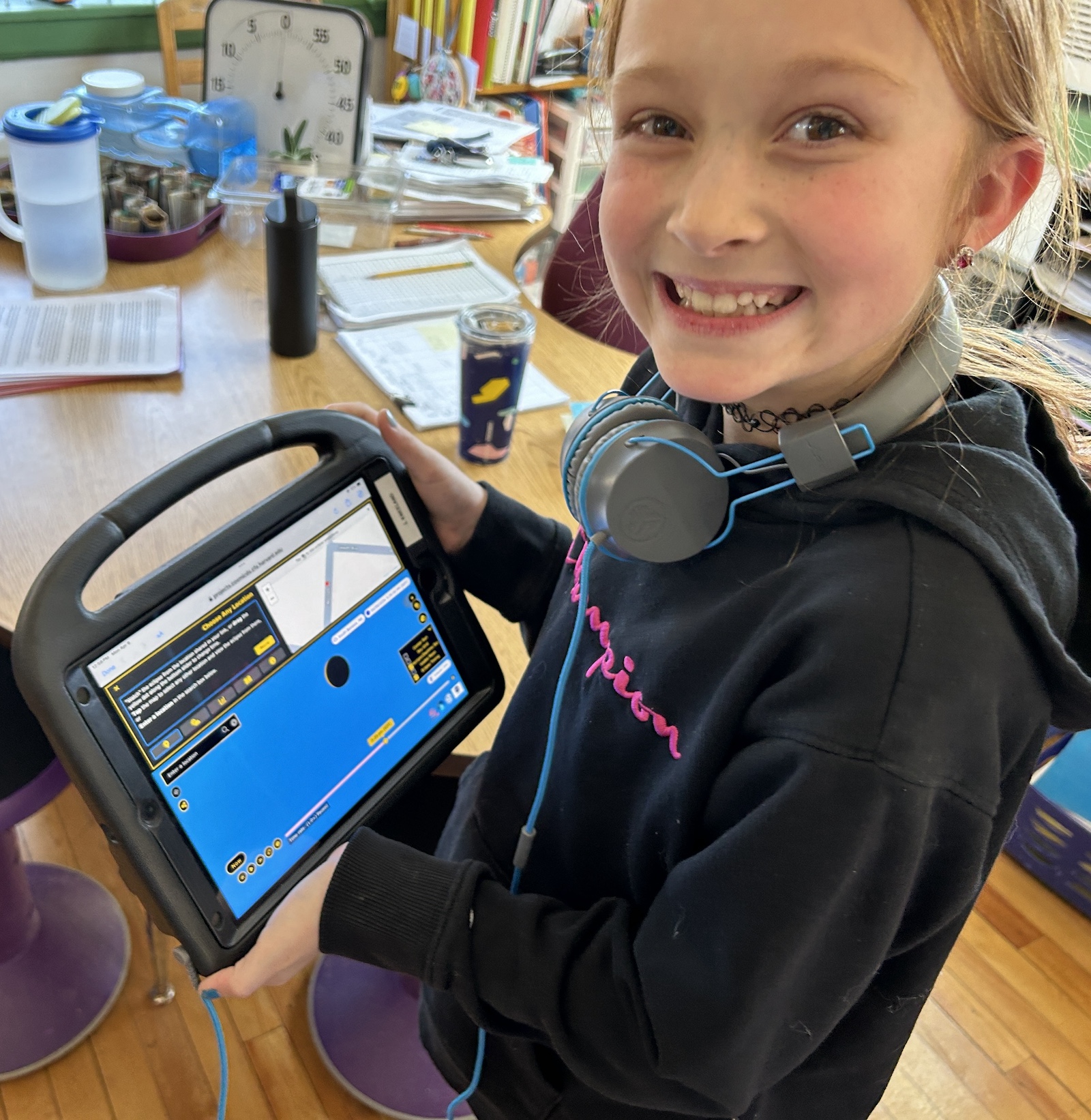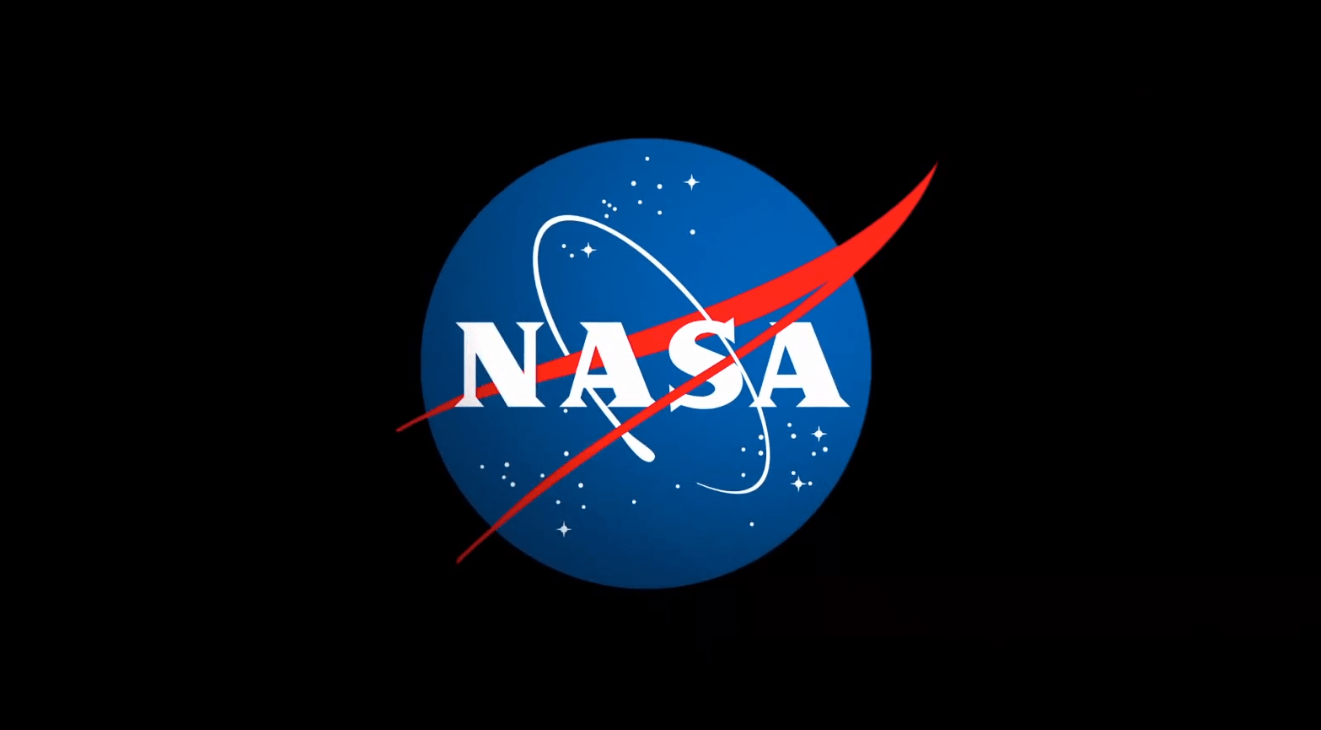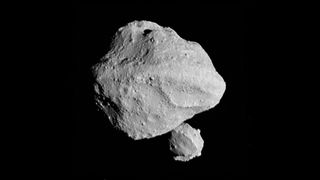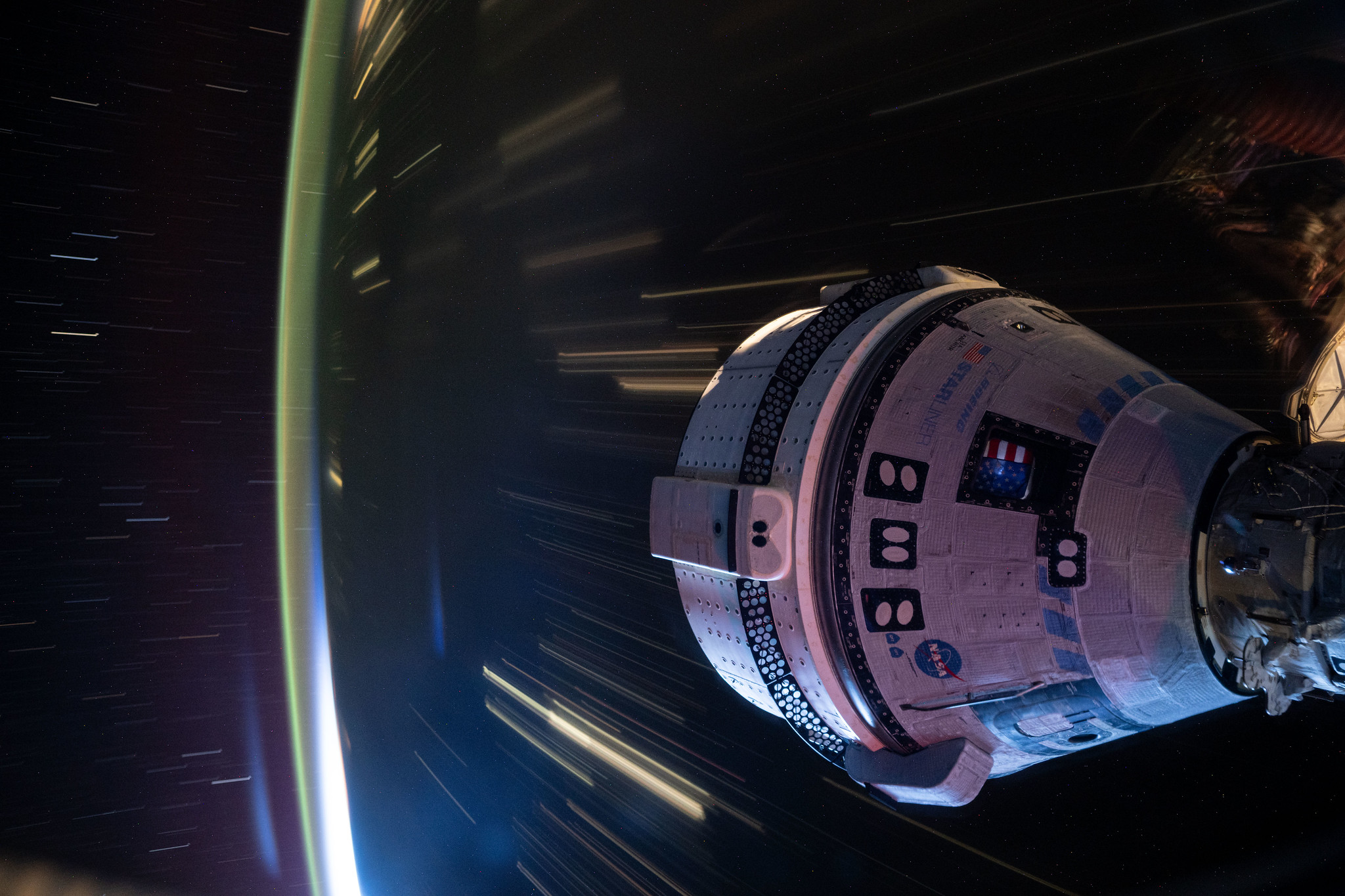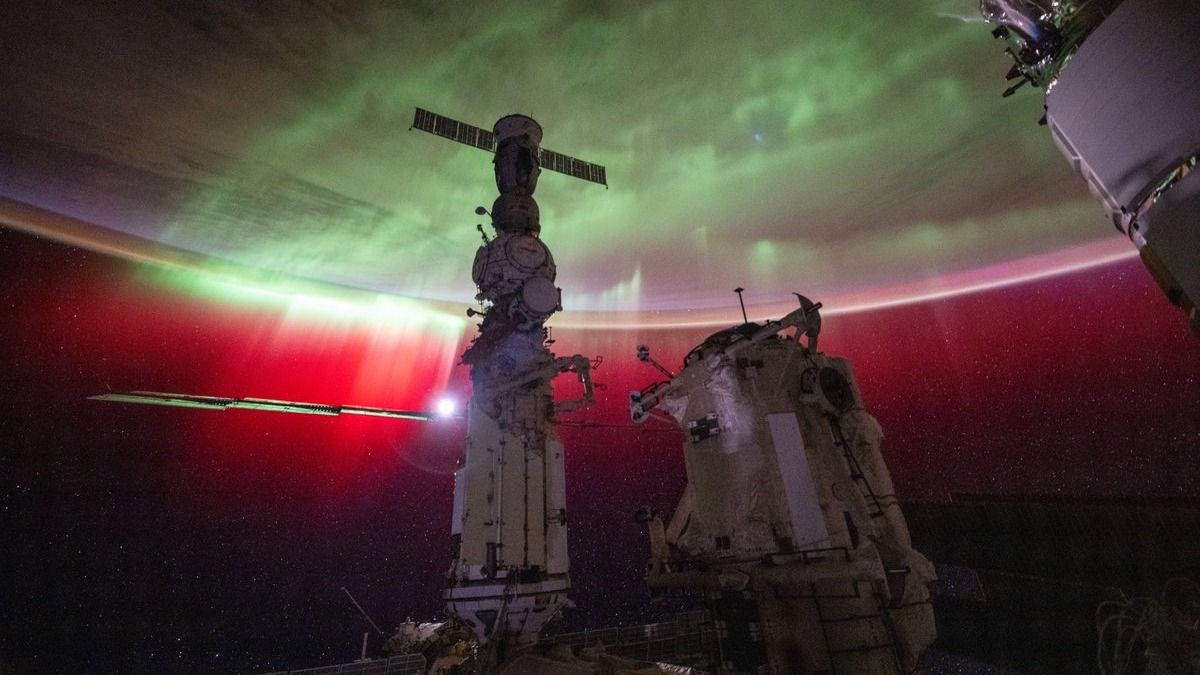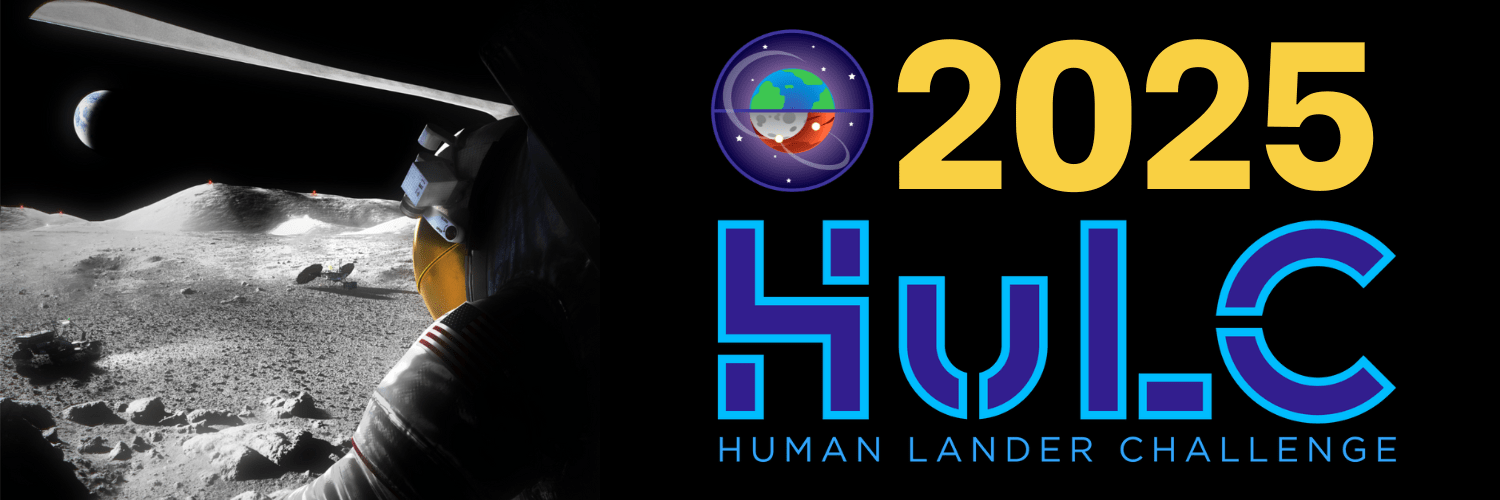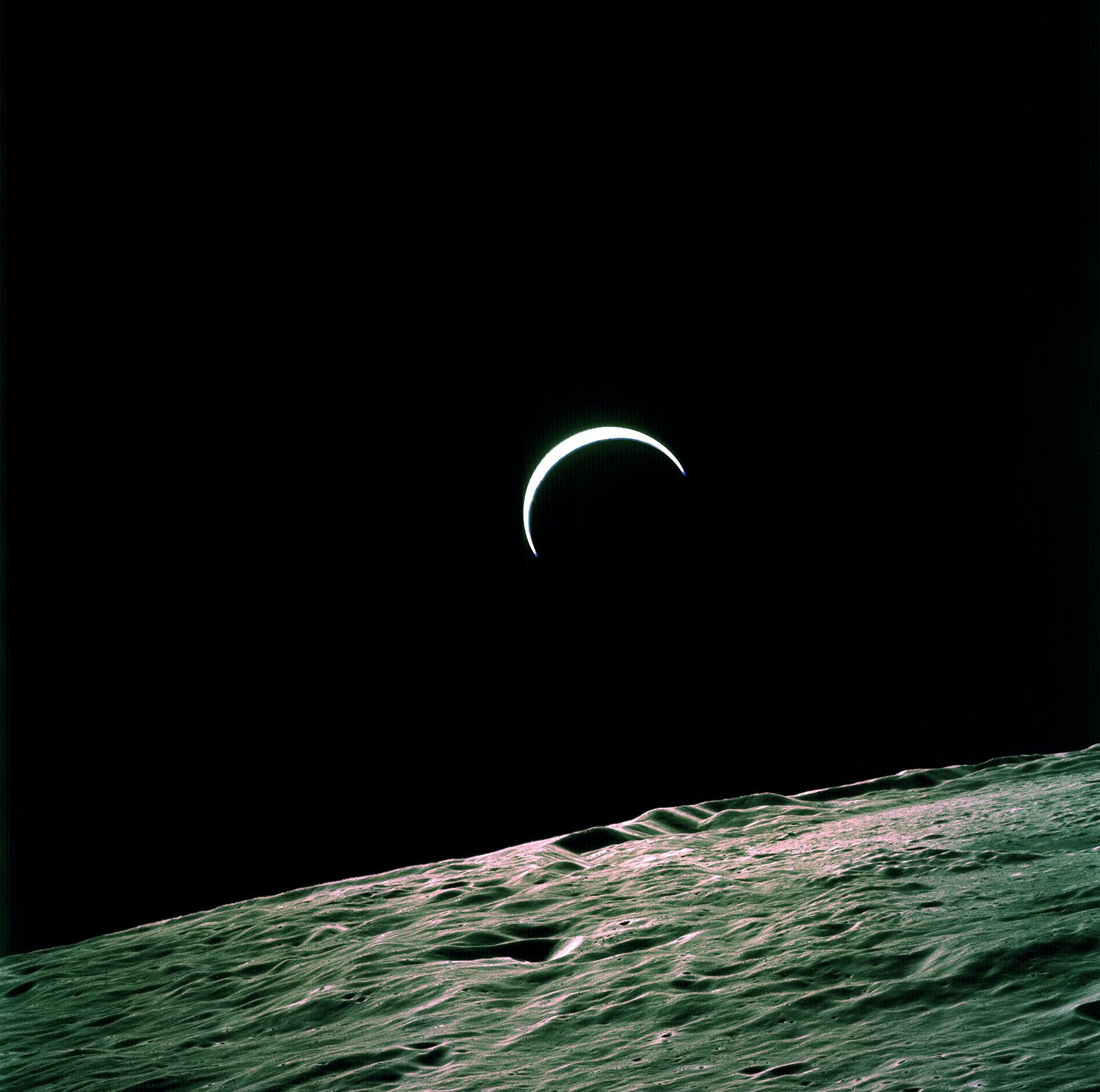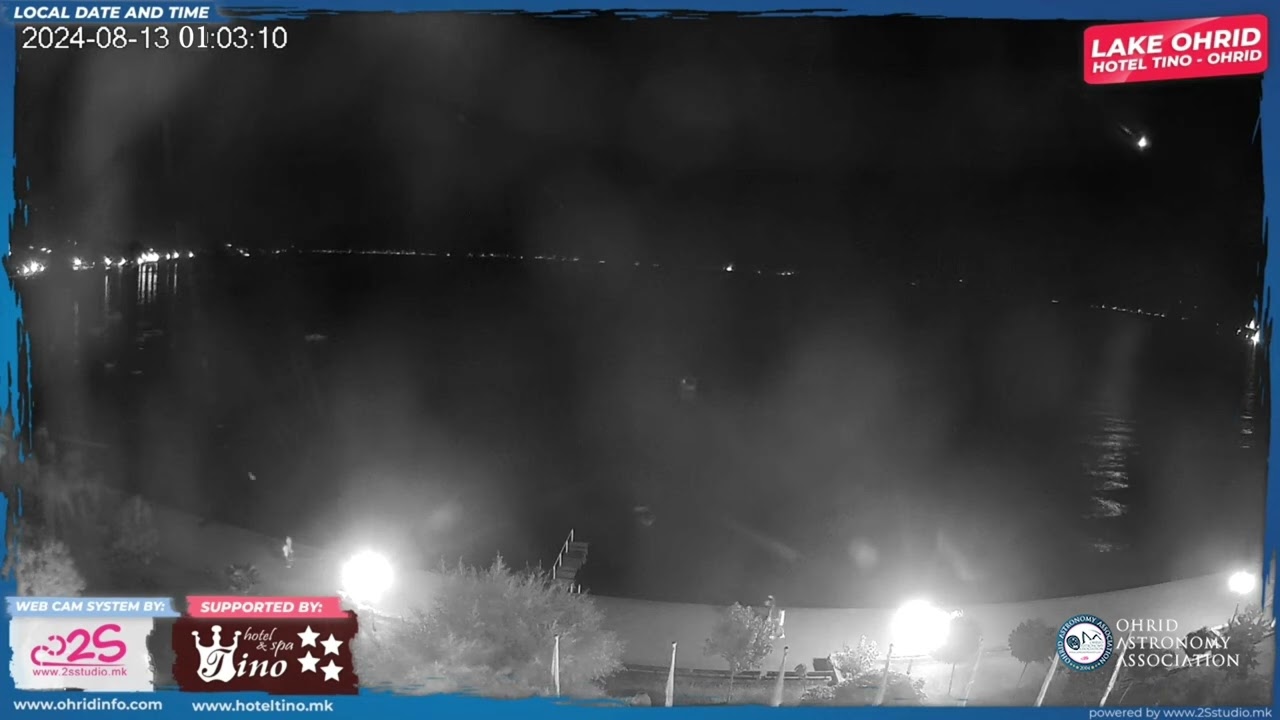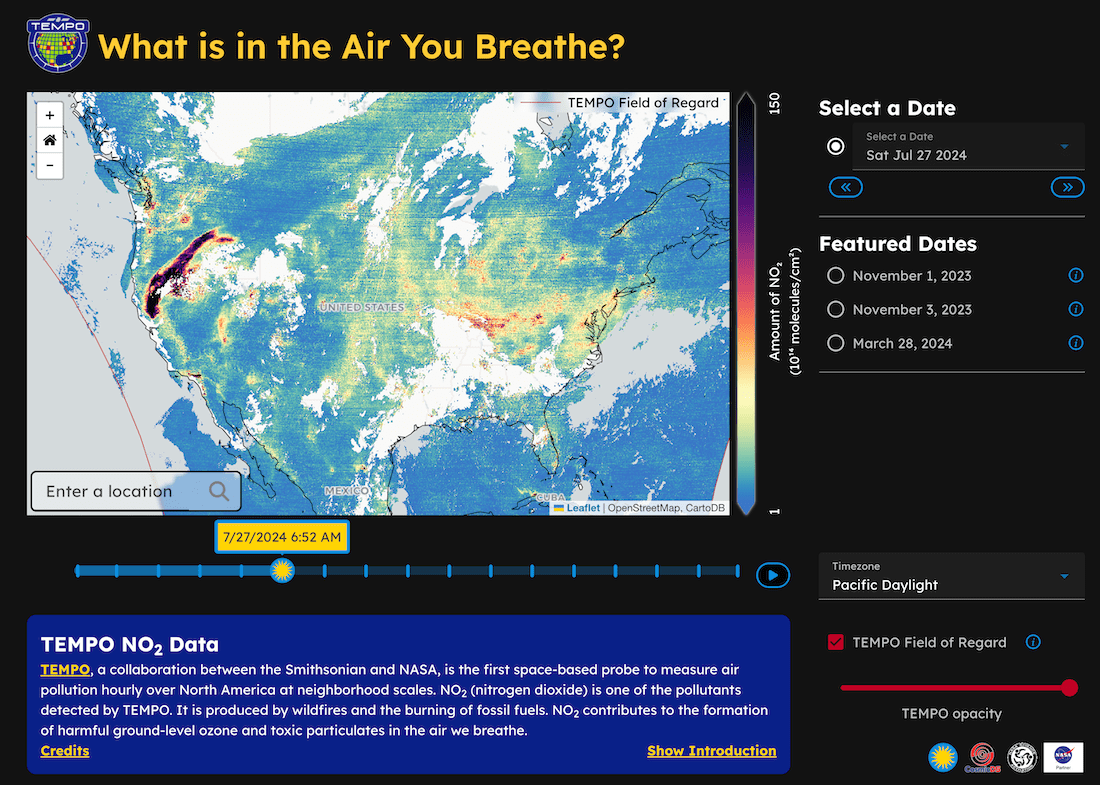Learn Home Solar Eclipse Data Story Helps… For Educators Overview Learning Resources Science Activation Teams SME Map Opportunities More Science Stories Science Activation Highlights Citizen Science 2 min read Solar Eclipse Data Story Helps the Public Visualize the April 2024 Total Eclipse The NASA Science Activation program’s Cosmic Data Stories team, led by Harvard University in Cambridge, MA, released a new Data Story for the April 8, 2024 Total Solar Eclipse. A Data Story is an interactive, digital showcase of new science imagery, including ideas for exploration and scientific…
Read MoreCategory: Nasa
Nasa
Perseverance Pays Off for Student Challenge Winners
Radioisotope Power Systems RPS Home About About RPS About the Program About Plutonium-238 Safety and Reliability For Mission Planners Contact Systems Overview Power Systems Thermal Systems Dynamic Radioisotope Power Missions Overview Timeline News Resources STEM Overview Power to Explore Contest Kid-Friendly Videos FAQ The winners of the 2024 Power to Explore Student Essay content (from left to right) Aadya Karthik, Raine Lin, and Thomas Liu. NASA/Rachel Zimmerman-Brachman As radioisotopes power the Perseverance rover to explore Mars, perseverance “powered” three winners to write essays each year till they achieved their mission…
Read MoreNASA Funds Research Projects Advancing STEM Career Development
Credit: NASA NASA has awarded $6 million to 20 teams from emerging research institutions across the United States supporting projects that offer career development opportunities for science, technology, engineering, and mathematics (STEM) students. This is the third round of seed funding awarded through the agency’s MOSAICS (Mentoring and Opportunities in STEM with Academic Institutions for Community Success) program, formerly the Science Mission Directorate Bridge Program. The program seeks to expand access to NASA research opportunities in the science and engineering disciplines, as well as to NASA’s workforce. “The STEM workforce continues…
Read MoreWeird, ‘watermelon shape’ asteroids like Dimorphos and Selam may finally have an explanation
The unusual shapes of the tiny asteroids Dimorphos and Selam have perplexed astronomers for years, but a new study finally explains how they got so strange. It also suggests these bizarrely shaped “moonlets” may be more common than scientists thought. Binary asteroids — pairs of asteroids that are essentially mini versions of the Earth-moon system — are pretty common in our cosmic neighborhood. These include the Didymos-Dimorphos duo that headlined NASA’s 2022 Double Asteroid Redirection Test (DART) mission. Previous research suggests that such binary asteroids form when a rubble-pile “parent”…
Read MoreNASA to Provide Crew Flight Test Status Update
Boeing’s Starliner spacecraft is pictured docked to the International Space Station. This long-duration photograph was taken at night from the orbital complex as it soared 258 miles above western China. Credit: NASA NASA will host a media teleconference at 1 p.m. EDT, Wednesday, Aug. 14, to provide an update on the agency’s Boeing Crew Flight Test. Mission managers continue to evaluate the Starliner spacecraft’s readiness in advance of decisional meetings no earlier than next week regarding the return of NASA astronauts Butch Wilmore and Suni Williams. Audio of the teleconference…
Read MoreNew ISS images showcase auroras, moon and space station in glorious photos (video)
The moon’s glow meets a multicolored aurora in a new astronaut image from space. International Space Station (ISS) and NASA astronaut Matthew Dominick, a veteran photographer of the Expedition 71 crew, captured the moon and auroras from his perch 250 miles (400 kilometers) above Earth. “The aurora have been amazing the past few days. Great timing for trying out a new lens that recently arrived on Cygnus,” Dominick said on X, formerly Twitter, in one of the posts. (Cygnus is a cargo spacecraft from Northrop Grumman that arrived Aug. 6).…
Read MoreNASA Challenge Seeks ‘Cooler’ Solutions for Deep Space Exploration
NASA’s Human Lander Challenge, or HuLC, is now open and accepting submissions for its second year. As NASA aims to return astronauts to the Moon through its Artemis campaign in preparation for future missions to Mars, the agency is seeking ideas from college and university students for evolved supercold, or cryogenic, propellant applications for human landing systems. As part of the 2025 HuLC competition, teams will aim to develop innovative solutions and technology developments for in-space cryogenic liquid storage and transfer systems as part of future long-duration missions beyond low…
Read MoreEarth’s Crest Over the Lunar Horizon
NASA This view of the Earth’s crest over the lunar horizon was taken on July 29, 1971, during the Apollo 15 lunar landing mission. Astronauts David Scott, Alfred Worden, and James Irwin launched from NASA’s Kennedy Space Center in Florida aboard a Saturn V launch vehicle. Designed to explore the Moon over longer periods, greater ranges, and with more instruments for the collection of scientific data than before, Apollo 15 included the introduction of a $40 million lunar roving vehicle (LRV) that reached a top speed of 10 mph (16 kph)…
Read MoreWatch a Perseid fireball light up the skies above Macedonia in this striking video
Perseid Meteor catch on Camera Live – 13 August 2024 #perseids – YouTube Watch On In the early hours of Tuesday morning (Aug. 13), at around 1:03 a.m. local time, a dazzling Perseid fireball streaked across Macedonian skies above Lake Ohrid. A webcam system installed throughout the Lake Ohrid region captured the dramatic sight. “The video with the meteor is incredible. We see in the video 7 seconds of a falling meteor. I love technology today,” photographer Stojan Stojanovski, who created the webcam system, told Space.com in an email. Related:…
Read MoreNew TEMPO Cosmic Data Story Makes Air Quality Data Publicly Available
Learn Home New TEMPO Cosmic Data Story… Astrophysics Overview Learning Resources Science Activation Teams SME Map Opportunities More Science Stories Science Activation Highlights Citizen Science 3 min read New TEMPO Cosmic Data Story Makes Air Quality Data Publicly Available On May 30th, 2024, NASA and the Center for Astrophysics | Harvard & Smithsonian announced the public release of “high-quality, near real-time air quality data” from NASA’s TEMPO (Tropospheric Emissions: Monitoring of Pollution) mission. The NASA Science Activation program’s Cosmic Data Stories team, led by Harvard University in Cambridge, MA,…
Read More